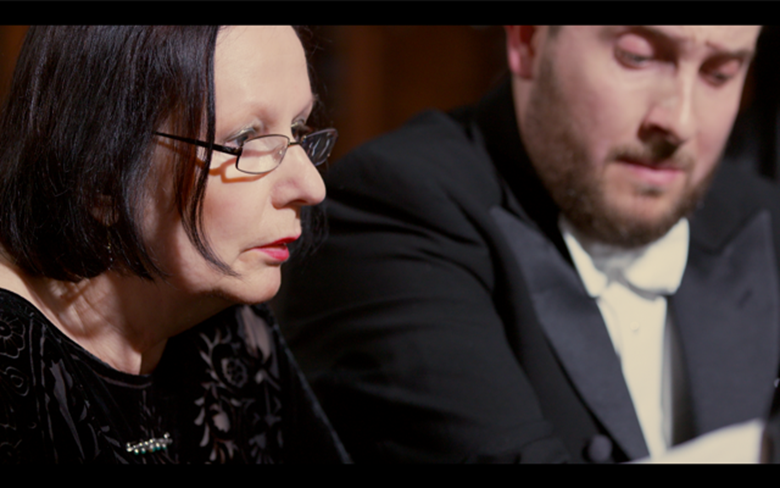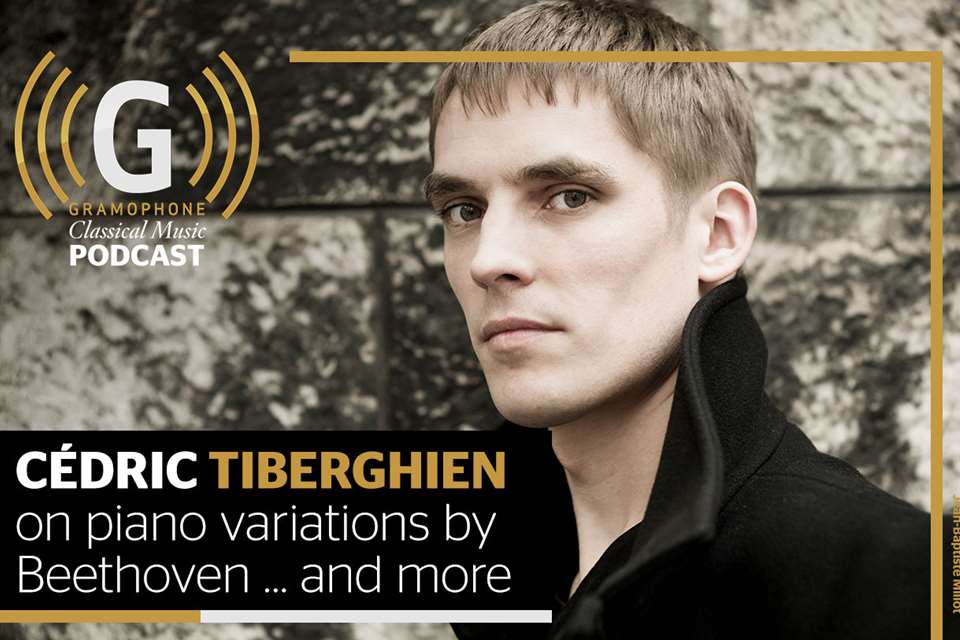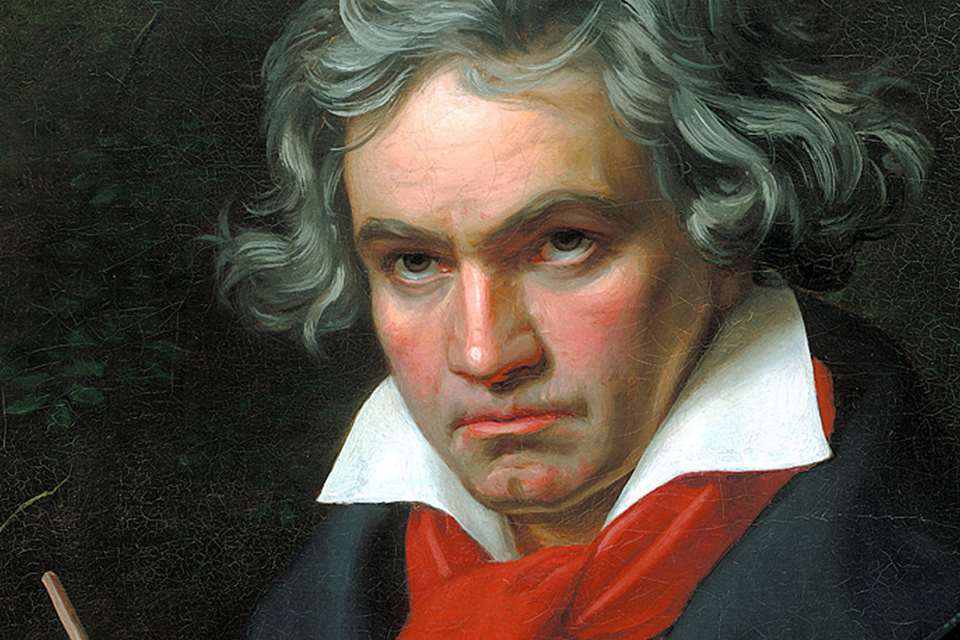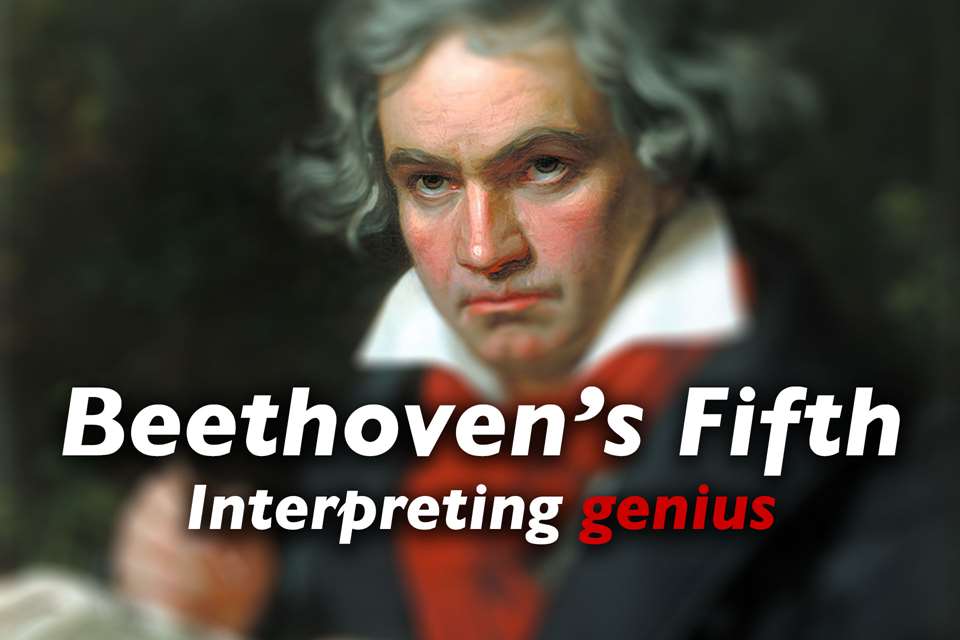The beauty of Beethoven's symphonies arranged for piano duet
Tessa Uys and Ben Schoeman
Friday, April 21, 2023
Tessa Uys and Ben Schoeman make the case for exploring Beethoven's symphonies in their piano duet arrangements by Xaver Scharwenka

Register now to continue reading
Thanks for exploring the Gramophone website. Sign up for a free account today to enjoy the following benefits:
- Free access to 3 subscriber-only articles per month
- Unlimited access to our news, podcasts and awards pages
- Free weekly email newsletter











